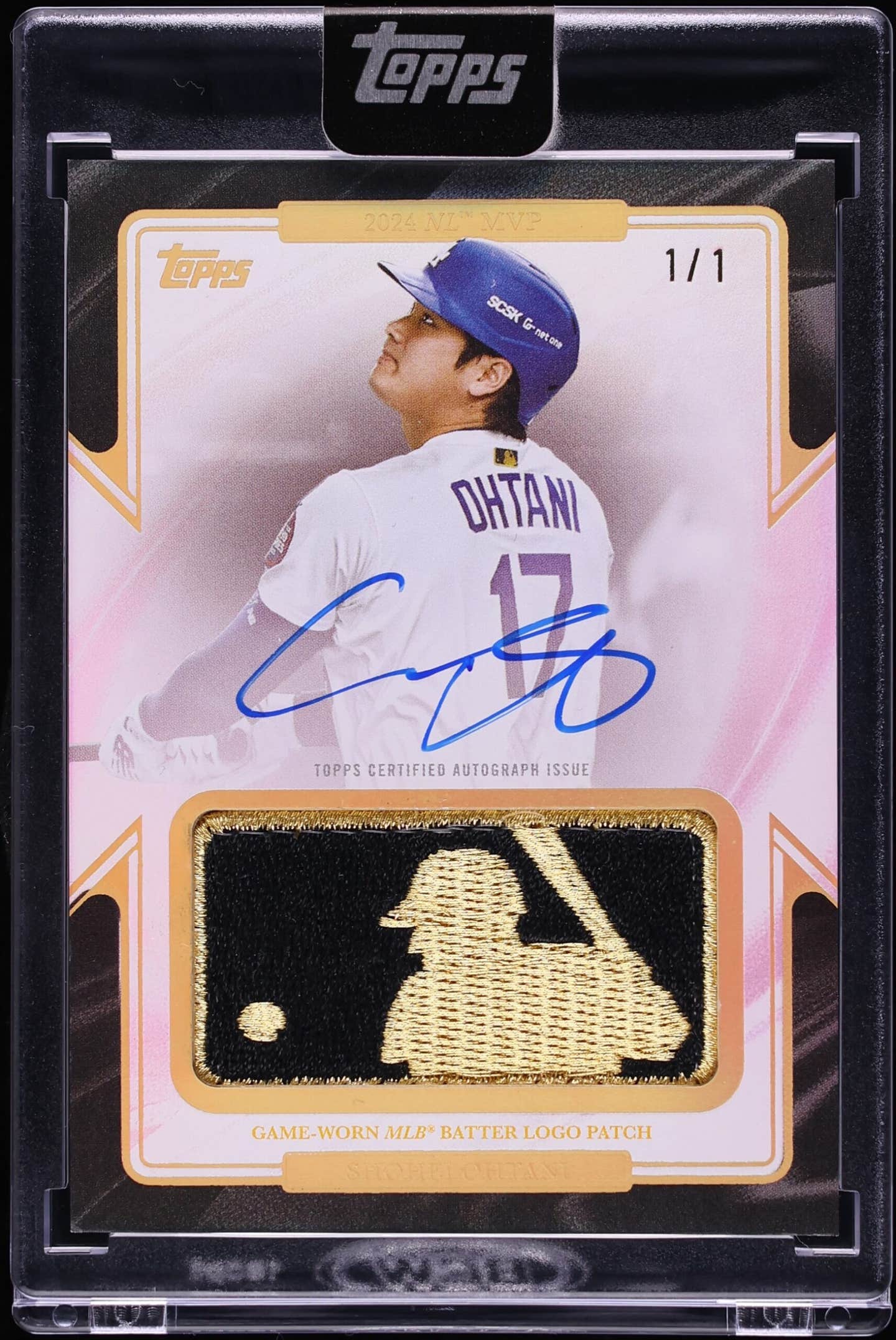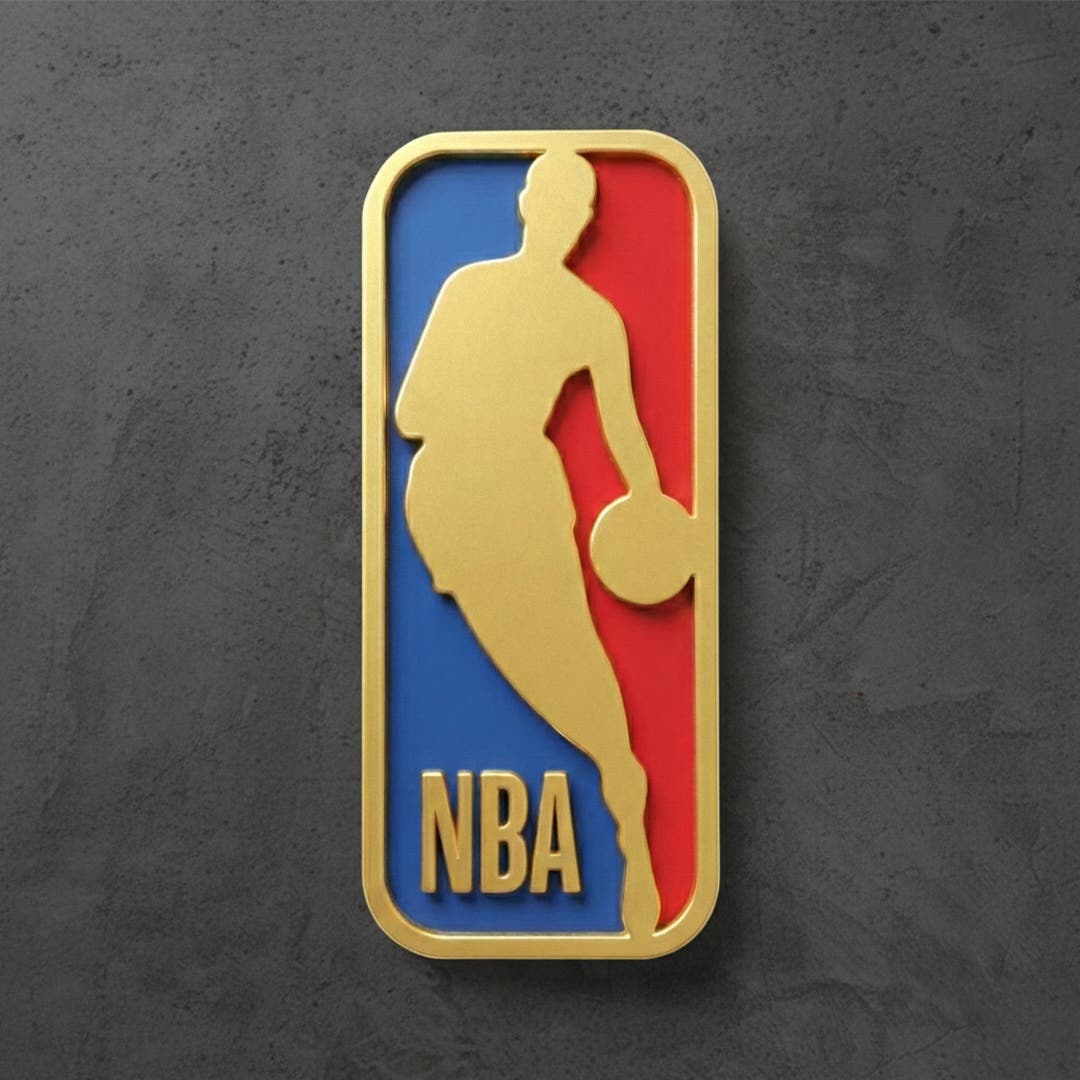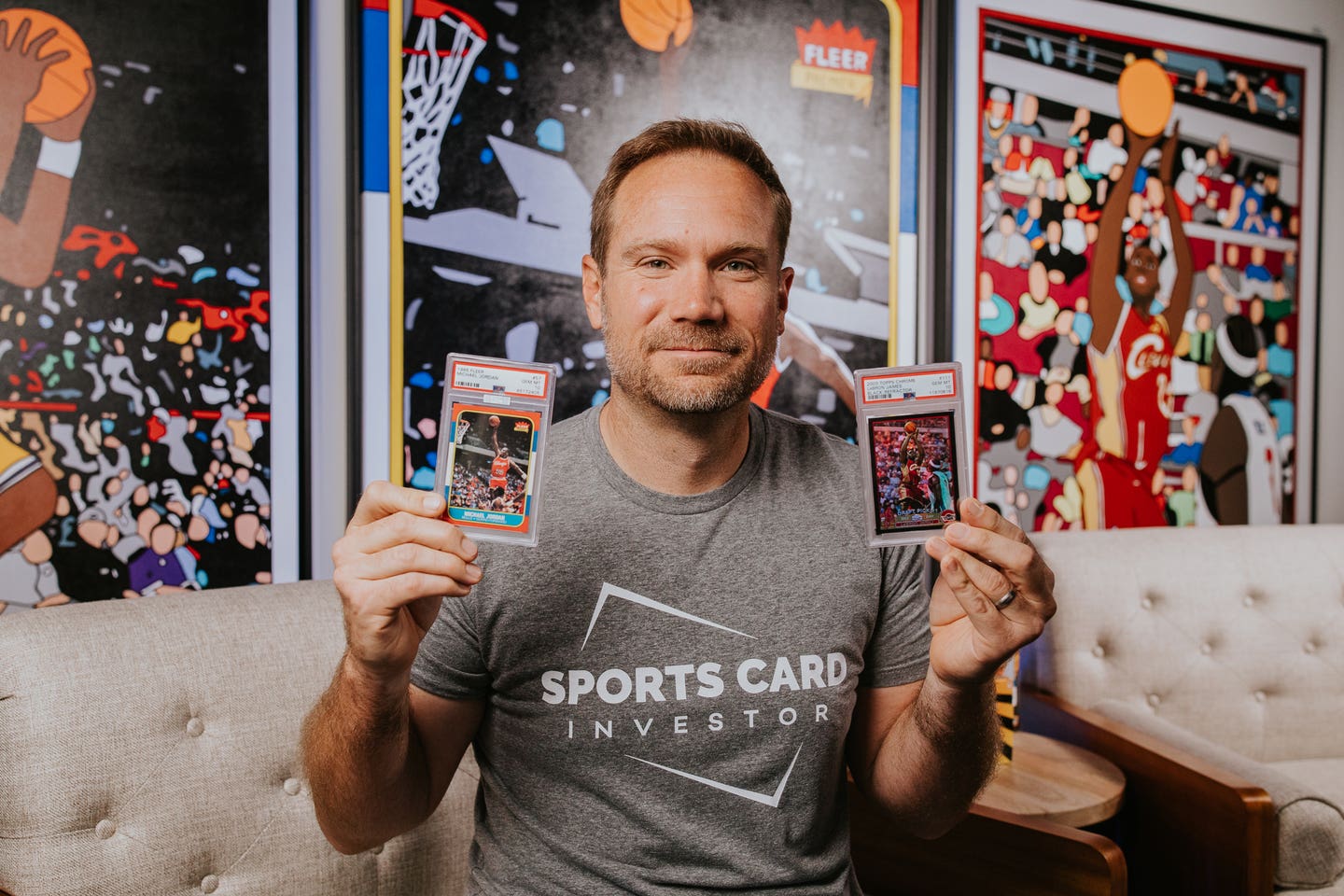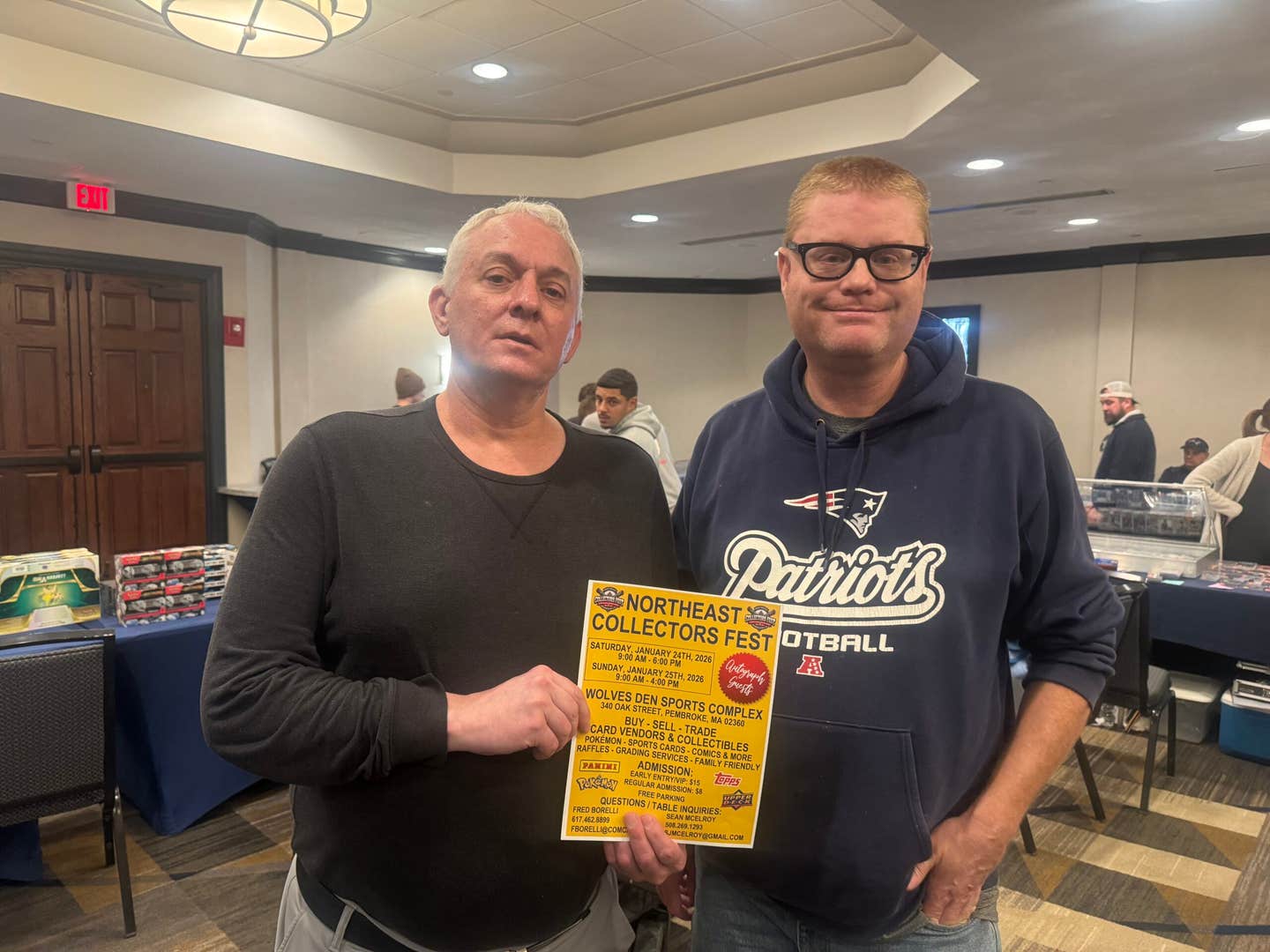Profiles
Historian puts spotlight on Cobb and Speaker
When you think about it, I guess we don’t really need biographies written for every member of the Hall of Fame. The story of Joe Kelley, for instance, who played from 1891-1908 and went into the Hall of Fame in 1971, is one we seem to have managed without just fine.
Similarly, there are some non-Hall of Famers who had pretty entertaining lives, if a little on the notorious side. I don’t know how many more Denny McLain books are needed, but he’s a good read.
When I was but a lad, there was a mythical “all-time team” that we used to consider the standard at each position, generally composed of Babe Ruth, Ty Cobb and Tris Speaker in the outfield; Lou Gehrig, Rogers Hornsby, Honus Wagner and Pie Traynor in the infield; Gabby Hartnett or Mickey Cochrane catching; and a pitching rotation that essentially called on Walter Johnson, Christy Mathewson, Grover Cleveland Alexander and Cy Young. Time has sent a number of these players into semi-obscurity, notably Traynor and Speaker. You would be hard-pressed to get a vote for either today on the “all-time team.”
So it was of interest to me to see a new biography of Speaker issued recently called Spoke (his nickname) by historian Charles Alexander.
It’s been nearly a quarter-century since his first baseball biography came out, a very entertaining look at Ty Cobb, thusly titled. There had been several Cobb bios issued previously, including an autobiography, and then a memoir by Al Stump – the “as told to” author of the autobiography – whose adventures in working with Cobb made for a good read, as well as a movie with Tommy Lee Jones playing an aging Cobb. But Alexander managed to produce a very interesting book about a very complex man. It’s well footnoted, and to me, the definitive Cobb bio.
Alexander, now 72, was a professor of history at Ohio University, from which he is now fully retired. Before he entered the world of baseball literature, he had written six books on American history, including two on the Ku Klux Klan and one on the Eisenhower presidential years.
After the Cobb book, Alexander delivered a John McGraw biography, and then in 1995, a fine one on Rogers Hornsby, who had previously been significantly covered only in a bitter autobiography. My favorite part of that book was the story of Bill Surface working with Hornsby on the autobiography, with Surface later writing a piece in the Saturday Evening Post about the adventure, almost mirroring Stump’s adventure with Cobb.
Coincidentally, Cobb, Hornsby and Speaker all are mentioned as having been KKK members, or at least believed to have been members.
“Doing the two books on the 1920s Klan and later writing about Cobb, Hornsby and Speaker may seem an odd coincidence, but it was purely coincidental,” says Alexander, who is now Distinguished Professor Emeritus at OU. “Of course, for Hornsby and Speaker, I had to address Fred Lieb’s notorious reference in his memoir to having been told by Speaker and Hornsby (and also Gabby Street) that they were Klan members. As I’ve suggested in the biographies, it’s possible that they were briefly in the Klan, which was very strong in Texas and especially in Fort Worth and Dallas. The Klan went all out to recruit prominent people in all fields, provided they were native born, Protestant and white.”
Alexander has done bios of those particular players because “it’s my favorite era in baseball history, 1900-World War II, and I grew up reading about that era and its great figures. I had a personal interest in Hornsby as a consequence of watching him manage Beaumont to the Texas League pennant in 1950, when I was 14 years old.”
As students of baseball know, the lives of Speaker and Cobb intersected in 1927 when a pitcher named Dutch Leonard accused them of being involved in the fix of a 1919 regular-season game. For a time, this accusation demanded a great deal of attention, with the two legendary names standing so accused. Commissioner Landis ultimately cleared them, as they prepared to become teammates for Connie Mack in Philadelphia for a final tour of the league.
Writes Alexander in his latest book, “What conclusions might we draw? The only fair judgment of Speaker is that he was guilty of nothing except being one of the many ballplayers who regularly played the horses. Apart from what Dutch Leonard said, nothing puts him at the alleged under-the-grandstand conversation about betting on the Sept. 25 game.”
Alexander and I exchanged e-mails about players who had not yet had biographies written about them, and he mentioned Lefty Gomez and Al Simmons as two worthy candidates still available, and Bill Dickey as one who “was hardly a fascinating character.”
It was interesting that Gomez and Dickey remain untapped, given the belief that playing for the Yankees gives one a higher profile than a player might ordinarily have. Red Ruffing too. Heck, even Ed Figueroa and Joe Pepitone have had books done. In recent years, we have seen biographies done on Waite Hoyt, Red Rolfe, Tony Lazzeri and Joe McCarthy.
Come to think of it, Traynor and Simmons haven’t been done, apart from being including in collections of short bios with many other players.
“I’ve thought about Walter Alston as a subject, too,” said Alexander, who writes and researches seven days a week when he is engaged in a project. “But the travel involved in interviewing the great number of people still living who played for him has discouraged me.”
Ideas for future books for enterprising authors? Perhaps. In the meantime, Alexander has given us very strong biographies of very important figures from the first half of the 20th century.








